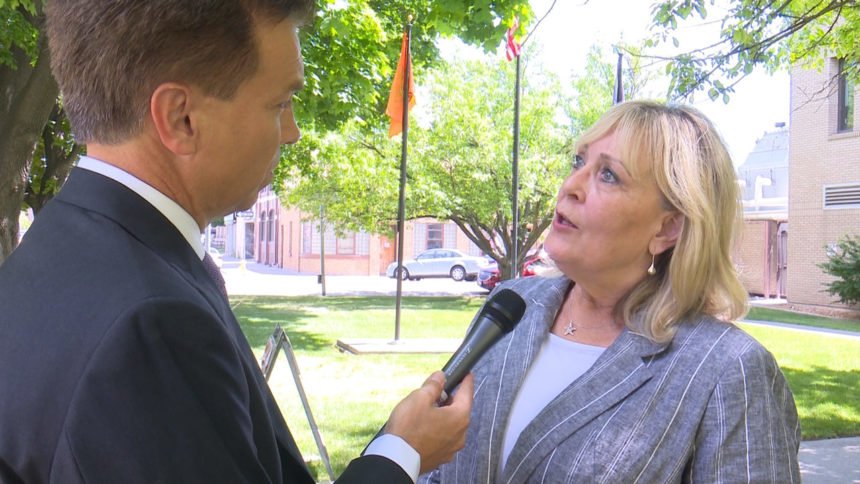This forensics specialist worked with DNA from Angie Dodge murder case

IDAHO FALLS, Idaho (KIDK/KIFI) - Her name is Francine Bardole. She is a crime scene investigator and forensics specialist. She works out of a lab in West Jordan, Utah. But that's not all. She works cold cases nationwide. Eyewitness News 3 anchor Todd Kunz talked with Bardole to find out the process she used in the Dodge case.
Bardole credits Carol Dodge, the mother of the victim, Angie Dodge, for doing the research online and finding this new DNA technology and Bardole's lab.
"She talked to the Idaho Falls Police Department, and they requested that I do the items of evidence. So they personally brought it down (to Utah), and I worked the case and did the evidence with the M-Vac, and the M-Vac was what I was able to get all the DNA, and Christopher's wasn't on it," said Bardole, speaking of an advanced DNA-testing system.
"And when you did that process, Christopher Tapp's DNA was not there?" repeated Kunz.
"Nope. I understand it was not there. And so he (Tapp) would not be here today if it was not there. That was a turning point, a huge turning point," said Bardole.
"Was there DNA that was there from somewhere else?" asked Kunz.
"I believe there was the suspect's DNA," said Bardole, referring to the new arrest of a Caldwell, Idaho, man.
"And that was Brian Dripps," said Kunz.
"Brian Dripps," nodded Bardole.
"And so from there, you're like, 'I don't have Christopher Tapp's DNA here. I have somebody else's DNA here.' You got back in touch with the Idaho Falls police and they took it from there?" asked Kunz.
"Yes, yes they did," said Bardole.
"That's fascinating, what you do," said Kunz.
"I love what I do. I have a passion for it, and I love working cold cases. I work them all over the United States. I don't just do it for West Jordan, and my department allows me to assist other agencies. So I do the M-Vac with other departments. I also have a method I've developed that gets DNA off of shell casings, and I use that, as well. And they allow me to do this," said Bardole.
Here's how the M-Vac works versus swabbing. When a forensics specialist swabs, they swab in places on the evidence. They can't cover every spot. Sometimes it's a guess. DNA evidence can be missed.
The M-Vac is similar to a wet vacuum. It uses a sterile fluid that circulates through a wand. A specialist will vacuum the entire piece of evidence with the wand. It sucks up all the DNA in the fluid. Nothing is missed. The fluid is then passed through a filter. When the filter dries out, only the DNA is left behind to be examined.
